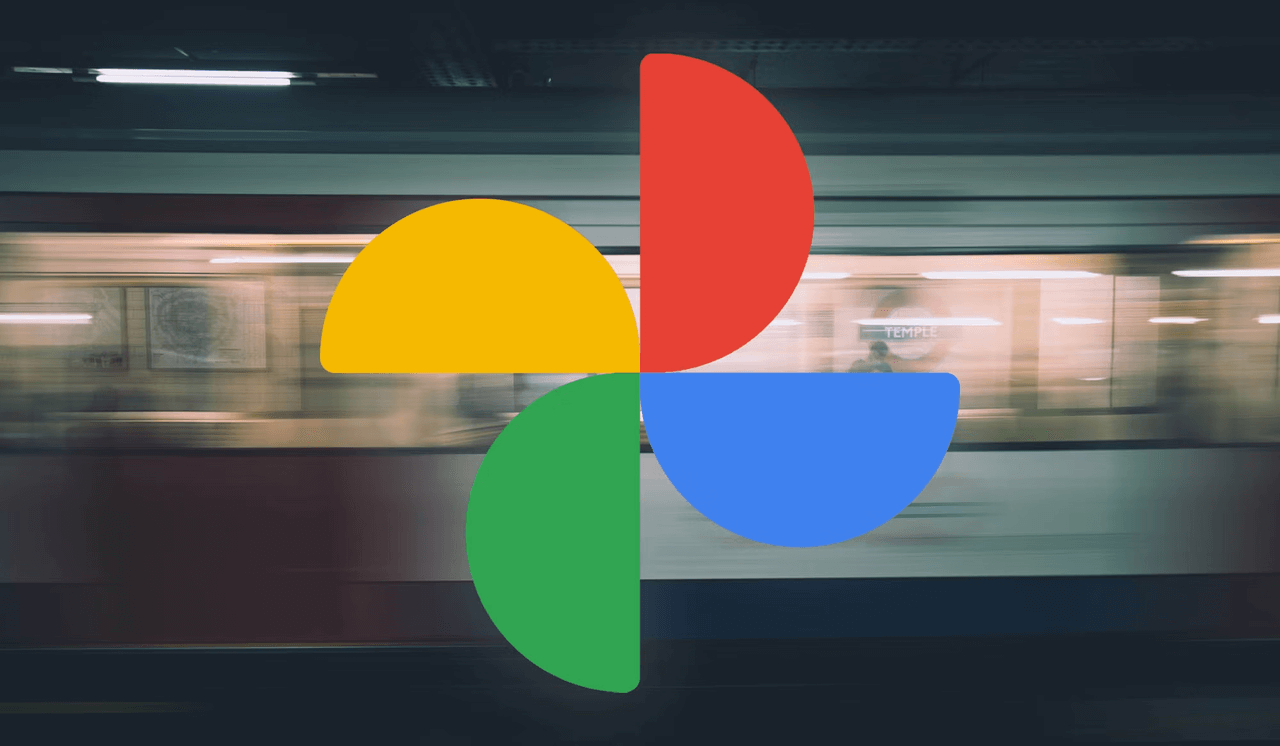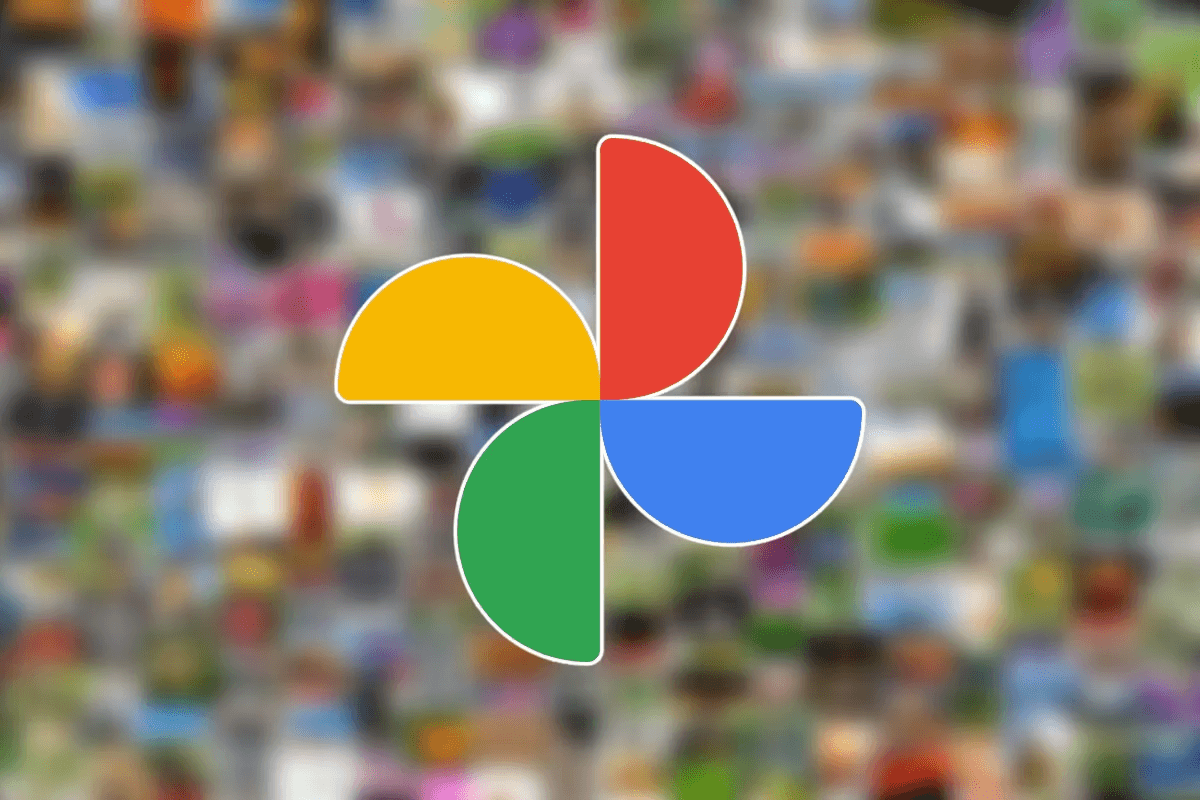Google Photos is one of the most popular photo storage solutions, boasting features like advanced search capabilities, automatic album creation, and machine learning enhancements. However, the convenience of Google Photos raises important questions about privacy. This article will examine the privacy features within Google Photos, discuss potential risks, and provide best practices for users to safeguard their digital memories.
Overview of Google Photos: Key Features of Google Photos
Google Photos, launched by Google in May 2015, is a cloud-based service that has become a staple for digital photo and video storage. It is known for its user-friendly interface and robust feature set, making it one of the most popular photo apps globally. It has the following functions:
- Storage: Google Photos offers 15 GB of free storage for photos and videos, which counts towards the Google account storage.
- Accessibility: Available across Android, iOS, and web platforms, it ensures easy access to media from any device.
- Automatic Backup: It automatically backs up photos and videos from your device to the cloud, safeguarding your memories.
- Auto-Creation: Automatically generates albums, animations, and collages, and resurfaces memories similar to social media stories.
- Editing Tools: Includes built-in tools for enhancing photos with filters, adjustments, and cropping.
- Sharing: Allows easy sharing via direct links and shared libraries for collaborative album creation.
- Data Security: Implements strong encryption measures for photos both in transit and at rest.
- Privacy Controls: Offers comprehensive privacy settings to manage visibility and data usage within the app.

Google Photos offers a seamless way to store, share, and manage photos. With unlimited storage for high-quality photos and automatic synchronization across devices, it stands out as a highly efficient tool for photo management. Despite these benefits, the implications for user privacy are a significant concern.
Understanding Google Photos’ Privacy Features
Google Photos includes several robust privacy features designed to protect users’ data:
Encryption Methods
Google Photos encrypts data both in transit and at rest, ensuring that photos are secured from external access during upload and while stored on Google’s servers. This level of encryption is comparable to that of other major cloud storage services.
Access Controls
Users can manage who views their photos through share settings. Google Photos allows you to share albums with specific people, and users can control whether others can add photos to shared albums.
Privacy Settings
The platform provides various privacy settings that let users decide the visibility of their photos and albums. Users can customize these settings to restrict access and manage defaults for future uploads.
Analyzing Privacy Risks Associated with Google Photos
Despite robust security measures, several privacy risks are associated with using Google Photos:
Data Collection and Usage
Google collects data from photos uploaded to Google Photos, such as location metadata and visual information. This data helps in organizing albums and improving search functionality but also contributes to the vast amount of data Google holds about individuals.
Risks of Hacking and Data Breaches
Like any online platform, Google Photos is susceptible to potential cybersecurity threats. Users’ accounts might be compromised if hackers gain access, leading to unauthorized viewing or sharing of private photos.
Facial Recognition Technology
One of the most sophisticated features of Google Photos is its facial recognition technology, which can group photos based on the faces in them. While useful, this feature has raised significant privacy concerns, particularly regarding the storage and usage of biometric data.

Best Practices for Ensuring Privacy in Google Photos
To mitigate privacy risks and secure their photo libraries, users should adopt the following best practices:
Regularly reviewing and updating privacy settings
Users should periodically review their privacy settings to ensure they reflect their current preferences about photo sharing and data collection.
Using two-factor authentication
Enabling two-factor authentication adds an extra layer of security to Google Photos accounts, making unauthorized access more difficult.
Being cautious about sharing albums and links
Users should be vigilant about who they share their photos with. Shared links should be sent securely, and users should avoid sharing sensitive photos that they would not want to be disclosed.
Recommendations for secure backup and archiving of photos
Besides storing photos on Google Photos, users should maintain a secure backup on a different platform or external storage to ensure that they have access to their photos in case of data loss or service discontinuation.
Conclusion
While Google Photos offers convenient and powerful tools for photo management, privacy remains a critical issue that users must actively manage. By understanding the inherent risks and employing robust privacy practices, users can enjoy the benefits of Google Photos without compromising their personal privacy. As technology evolves, so too will the tools at our disposal for protecting our digital privacy, making informed and cautious use of such platforms imperative.


Leave a Reply